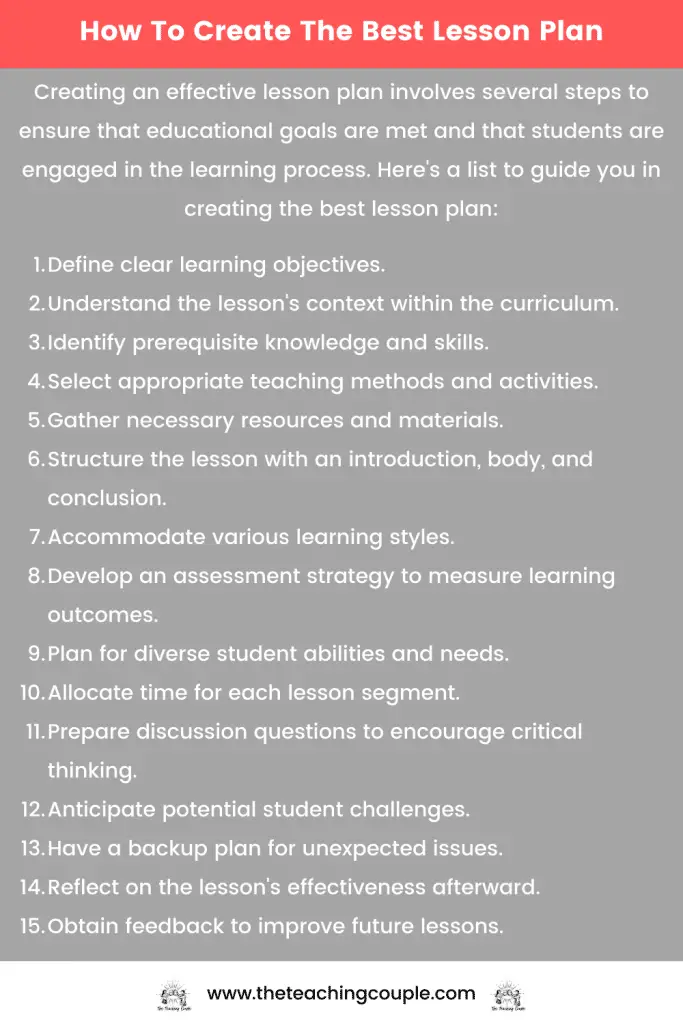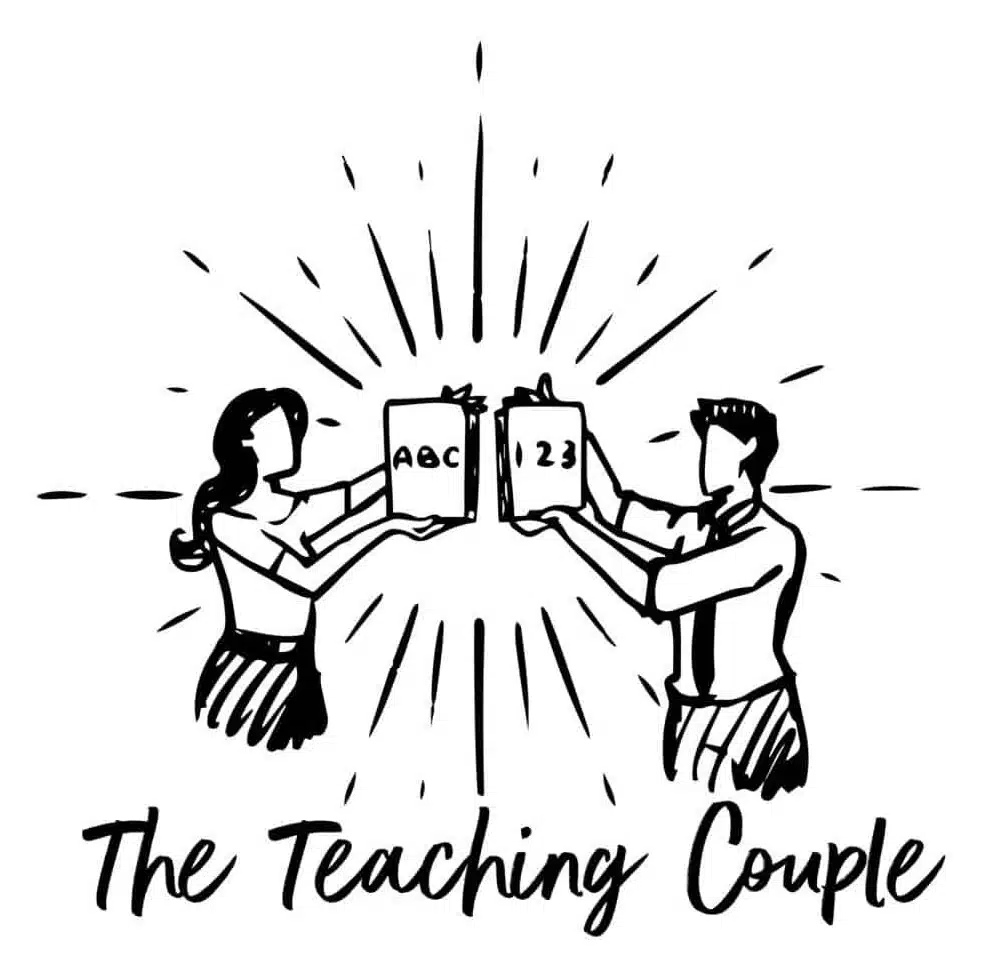Tanka poetry is an ancient Japanese form of poetry that has been used to express emotions and tell stories for centuries. It is a short poem consisting of 31 syllables that are divided into five lines.
Tanka poetry is a great way to teach children about poetry and writing. It can help them to express their emotions and tell stories concisely and powerfully.
Related: For more, check out our article on How To Teach Free Verse Poetry here.

Understanding Tanka poetry is the first step in teaching it. Teachers should familiarize themselves with the structure of Tanka poetry and how it differs from other forms of poetry.
They should also be familiar with the different literary devices used in Tanka poetry, such as personification, metaphors, and similes.
Teaching Tanka poetry in the classroom can be a fun and engaging way to teach children about poetry and writing. Teachers can use a variety of resources and support to help them teach Tanka poetry, including educational resources, online forums, and writing workshops.
By providing children with the tools they need to write Tanka poetry, teachers can help them to express their emotions and tell stories in a concise and powerful way.
Key Takeaways
- Tanka poetry is an ancient Japanese form of poetry that is great for teaching children about poetry and writing.
- Understanding the structure of Tanka poetry and the different literary devices used in it is crucial for teaching it effectively.
- Teachers can use a variety of resources and support to help them teach Tanka poetry, including educational resources, online forums, and writing workshops.
Related: For more, check out our article on How To Teach Limerick Poetry here.
Understanding Tanka Poetry
Tanka poetry is a form of traditional Japanese poetry that dates back more than 1,300 years. Tanka poems are typically composed of 31 syllables arranged in a 5-7-5-7-7 pattern.
These poems are often about nature, seasons, desires, or feelings and include many different types of literary devices, such as personification, metaphors, and similes.
Historical Background
Tanka poetry originated in Japan during the Asuka period (538-710 AD) and was originally known as waka poetry.
The term “tanka” was first used in the Heian period (794-1185 AD) and has been used ever since. Tanka poetry was often used as a means of communication between lovers, and it was also used in courtship rituals.
Tanka vs Haiku
Tanka poetry is often compared to haiku poetry, but there are some key differences between the two forms. While both haiku and tanka are forms of Japanese poetry, haiku poems are typically composed of 17 syllables arranged in a 5-7-5 pattern.
Haiku poems often focus on a single image or moment, while tanka poems are more expansive and can include multiple images or ideas.
In summary, Tanka poetry is a traditional Japanese poetry form that is characterized by its 5-7-5-7-7 syllable structure. These poems often focus on nature, seasons, desires, or feelings and include many different types of literary devices.
While similar to haiku poetry, tanka poems are more expansive and can include multiple images or ideas.
Related: For more, check out our article on The Best Poetry Books For Teachers here.
The Structure of Tanka
Tanka is a form of poetry that originated in Japan and is characterized by its 31 syllables divided into five lines. The structure of Tanka poetry is unique and has its own set of rules.
Syllables and Lines
Each line of Tanka has a specific number of syllables. The first and third lines have five syllables each, while the second, fourth, and fifth lines have seven syllables each. This structure is known as 5-7-5-7-7.
Pivots and Imagery
Tanka poetry often uses a “pivot” in the third line, which is a shift in the poem’s focus or imagery. This pivot helps to create a sense of contrast or surprise in the poem.
Imagery is also an essential element of Tanka poetry. The poet must use vivid and descriptive language to create a clear image in the reader’s mind. The imagery should be related to nature or the natural world and should evoke a sense of emotion or feeling.
In summary, the structure of Tanka poetry is unique, with 31 syllables divided into five lines. The use of pivots and imagery is also critical to the success of a Tanka poem. By following these rules and incorporating vivid language and descriptive imagery, poets can create beautiful and evocative Tanka poetry.
Expressing Emotions and Stories
Tanka poetry is an excellent way to express emotions and tell stories. This form of poetry is traditionally about seasons, nature, desires, or feelings, and often includes many different types of literary devices, such as personification, metaphors, and similes.
Here are some tips for teaching children how to use Tanka poetry to express emotions and stories.
Related: For more, check out our article on How To Teach Haiku Poetry here.
Conveying Feelings
Tanka poetry is a great way to help children learn how to convey their feelings in a creative and expressive way.
Encourage children to think about their emotions and how they can be expressed through words. For example, if a child is feeling sad, they might write a Tanka poem about the rain, using words that convey a sense of melancholy or sorrow.
Capturing Nature and Seasons
Tanka poetry is also an excellent way to help children capture the beauty of nature and the changing seasons. Encourage children to observe the world around them and to think about how they can use words to describe what they see. For example, they might write a Tanka poem about the changing leaves in autumn, using words that convey a sense of wonder and awe.
Overall, Tanka poetry is a versatile and expressive form of poetry that can be used to teach children about emotions, nature, and storytelling.
By encouraging children to think creatively and express themselves through words, you can help them develop their writing skills and their ability to communicate their thoughts and feelings effectively.
Teaching Tanka in the Classroom
Teaching Tanka poetry can be a fun and engaging way to introduce students to the world of Japanese poetry. Here are some tips for teachers to help them plan and deliver effective Tanka lessons in the classroom.
Lesson Planning
A well-structured lesson plan is essential for teaching Tanka poetry. Teachers should begin by introducing the concept of Tanka and explaining its structure and form. They can use visual aids such as posters or slides to help students understand the syllable count and the five-line structure of Tanka poetry.
Teachers can also provide students with examples of Tanka poems and encourage them to analyse the poems for their structure, content, and themes. This will help students gain a deeper understanding of the genre and develop their own skills as poets.

Scaffolding and Differentiation
To ensure that all students can participate and succeed in Tanka poetry lessons, teachers should use scaffolding and differentiation techniques. This can include providing differentiated worksheets and activities that cater to different learning styles and abilities.
Teachers can also provide students with sentence starters or word banks to help them get started with their Tanka poems. This will help students who may struggle with coming up with ideas or structuring their poems.
In addition, teachers can use peer feedback and group work to help students develop their Tanka poems. This can provide students with valuable feedback and support, and help them to refine their poems and improve their writing skills.
By using these techniques, teachers can create engaging and effective Tanka poetry lessons that will help students to develop their creative writing skills and explore the world of Japanese poetry.
Educational Resources and Support
Selecting Teaching Resources
When selecting teaching resources for Tanka poetry, it is important to consider the quality and relevance of the materials. Teachers can browse through various websites such as Twinkl and TES to find resources that fit their specific needs.
TES offers paid licenses for resources, which can be a great option for teachers who want access to a wide range of materials.
One option for teachers is to purchase a bundle or package of resources, which can provide a comprehensive set of materials for teaching Tanka poetry.
These packages may include a resource pack with a detailed PowerPoint presentation on the origins and structure of a Tanka poem, as well as example Tanka poems with discussion questions provided.
Additionally, teachers may find it helpful to look for resources that include a writing frame with a word bank to help students develop their own Tanka poems.
Customer Service and Support
When using teaching resources, it is important to have access to customer service and support in case any issues arise. Teachers should review the terms and conditions of any resources they purchase to ensure they have access to customer service if needed. TES has a dedicated customer service team that can assist with any issues related to their resources.
Teachers may also want to consider reading reviews of teaching resources before making a purchase. This can provide valuable insight into the quality and usefulness of the materials.
When browsing resources on Twinkl and TES, teachers can look for reviews from other educators to help them make informed decisions about which resources to use.
Overall, selecting high-quality teaching resources and having access to customer service and support can greatly enhance the teaching experience for both teachers and students when it comes to Tanka poetry.

